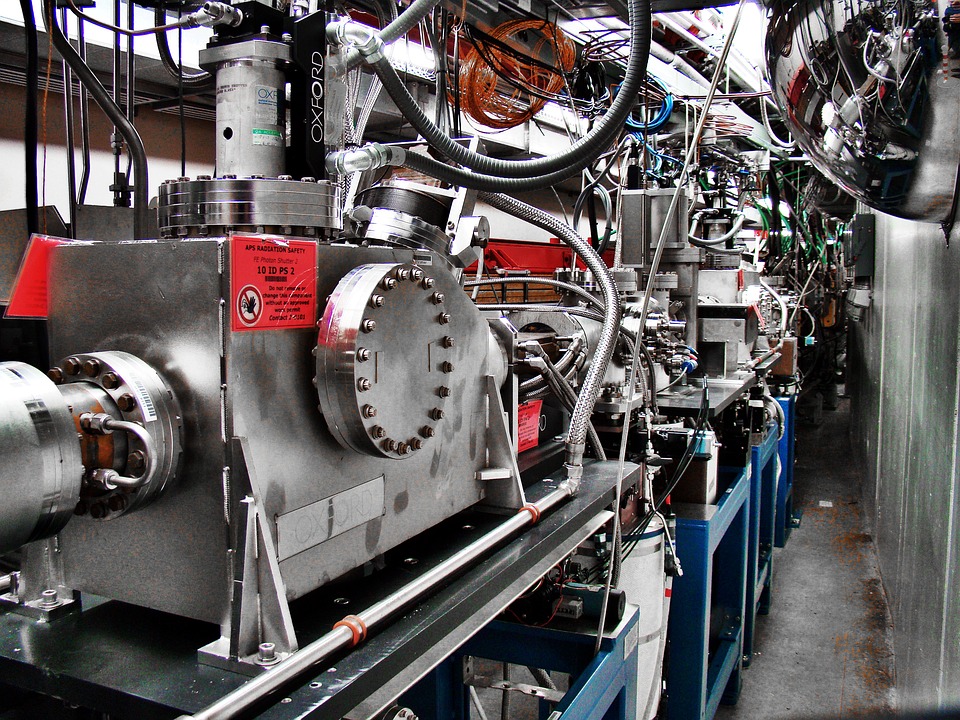Luminous gravitons?
If we look at the world on a sufficiently small scale, we find that it has a grainy structure. Physicists have demonstrated particles of matter, light, and most interactions - but no experiment has revealed the granular properties of gravity.
Many physicists believe that gravity must be carried by massless "gravitons", but the interaction with known particles is too weak to be proven. Some theorists have come up with the idea that the existence of gravity can be confirmed if significant numbers of gravitons accumulate during intense gravitational phenomena, such as the merging of black holes. In March, Physical Review Letters published an analysis showing that such violent disasters can pull gravitons out of the shadows.
Where there is energy, there is also gravity. Douglas Singleton, a California State University physicist who was not involved in the new study, claims that photons - massless packets of radiant energy - can, in extremely rare cases, spontaneously convert into gravitational particles. The opposite can also happen: Gravitons become photons. The new analysis looks at the mechanism by which gravitons can release as many photons billions of times as previous studies have shown, which would make it easier to confirm their existence.
Raymond Sawyer, the work author and physicist at the University of California, Santa Barbara, says that a rough estimate based on the density of gravitons near the black hole collision location is close to the number that would produce detectable radiation.


